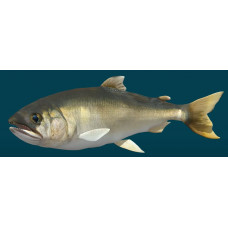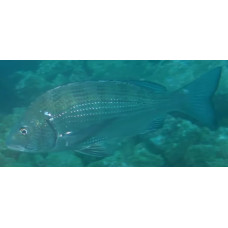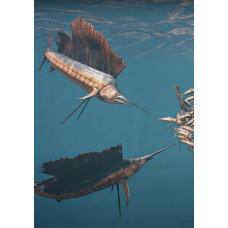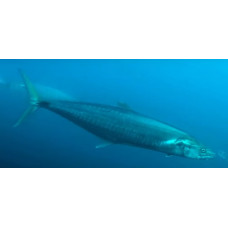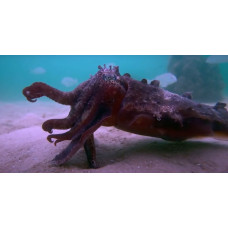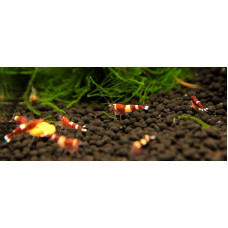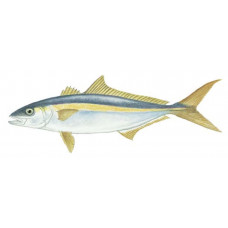Fauna of the Seto Inland Sea
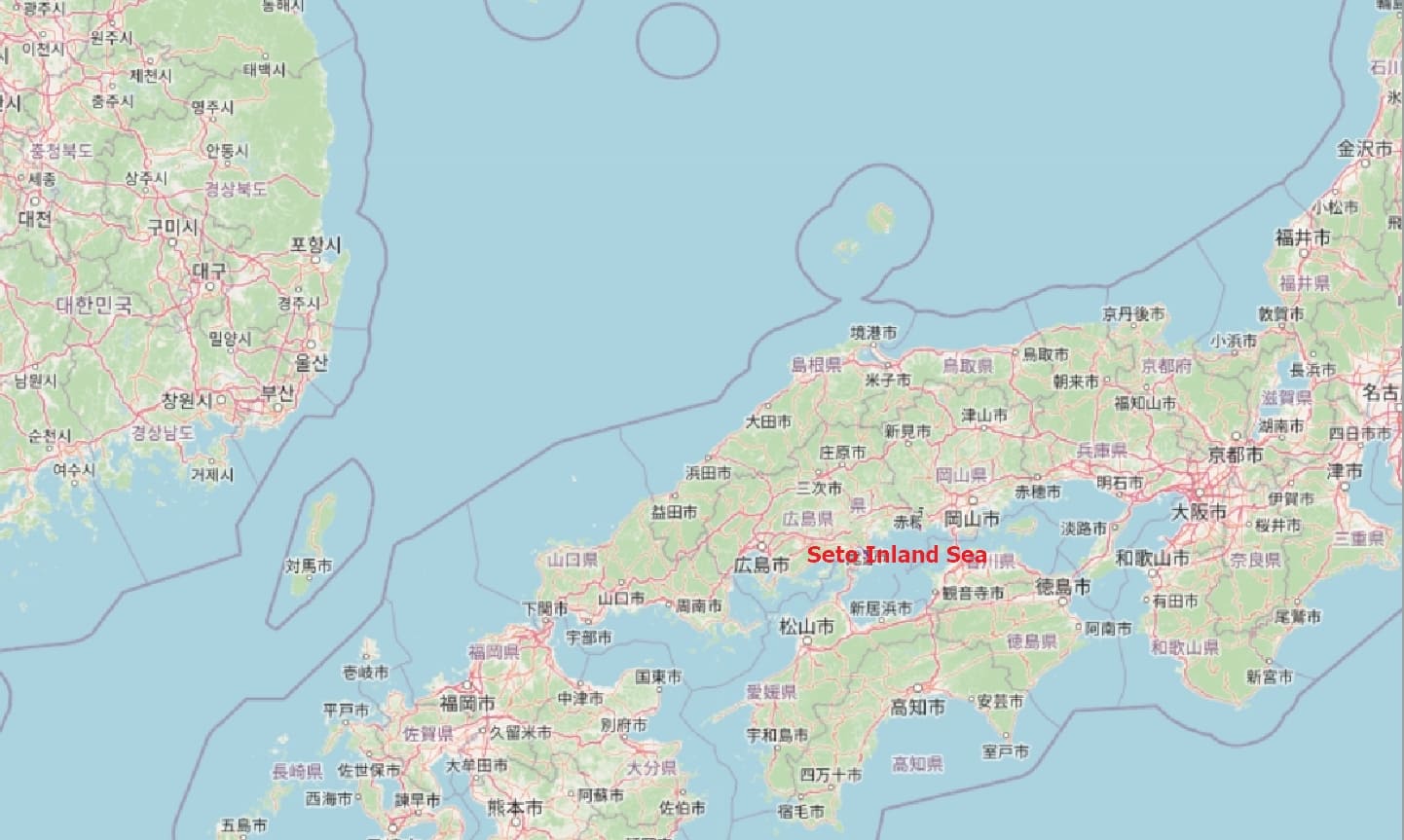 The sea is part of the Pacific Ocean. It is connected to the Sea of Japan in the west by the Kammon Strait (Shimonoseki Strait), to the Pacific Ocean in the southwest by the Hayasui and Bungo Straits, and to the east by the Kii and Naruto Straits. Over 500 species of marine animals are known to live in this sea. It is suitable for all kinds of fish, including shallow and deep water fish.
The sea is part of the Pacific Ocean. It is connected to the Sea of Japan in the west by the Kammon Strait (Shimonoseki Strait), to the Pacific Ocean in the southwest by the Hayasui and Bungo Straits, and to the east by the Kii and Naruto Straits. Over 500 species of marine animals are known to live in this sea. It is suitable for all kinds of fish, including shallow and deep water fish.
Common Seto Inland Sea fish
The Seto Inland Sea is home to all kinds of fish. There are: Xiphosura, Pomfret, Conger, Sea bream, Pleuronectidae. One of the most common fish in the area is the ayu sweetfish. Its range is very limited to the coastal strip of the Northwest Pacific Ocean from Hokkaido to Vietnam, and its meat is prized for its flavour.
Fishing seasons in the Seto Inland Sea
A wide variety of seasonal seafood is caught here throughout the year. Spanish mackerel is caught in the spring, silver pomfret in the summer and blackhead seabream in the autumn. The temperature of the Seto Inland Sea is low in winter, so the fish store fat to protect themselves from the cold, so it is recommended to catch yellowtail, Indo-Pacific sailfish, Narrow-barred Spanish mackerel, takifugu, flathead, as well as haliotis and sea cucumber in winter.
Seto Inland Sea Sharks
The great white shark is found in the surface coastal and open waters of the Seto Inland Sea and occasionally attacks humans. Of all the sharks, the great white is the most dangerous to humans.
Mammals of the Seto Inland Sea
The Seto Inland Sea is the habitat of the Indo-Pacific finless porpoise, which lives in shallow waters, near the coast and in estuaries.
Seto Inland Sea Clams
The Seto Inland Sea is one of the leading octopus fishing areas. The Mollusca have to swim against the fastest ocean current in Japan, so they have well-developed muscles and a very rich flavour. The region also boasts an abundance of scallops, mussels and shrimps. Oysters harvested in the Seto Inland Sea are renowned for their succulence and rich, creamy flavour. The blue king crab, one of the largest crustaceans, is also fished here.
Danger of the Seto Inland Sea
This is where harmful algal blooms form. They are caused by the active reproduction of dinoflagellates . The vegetation accumulates in the surface layers of the water, giving it its unusual colour. The toxins it releases enter the bodies of shellfish and fish. These marine organisms become dangerous to humans and animals.
Seto Inland Sea Plankton
The Seto Inland Sea is home to the small crustacean Vargula hilgendorfii, tiny crustaceans in a transparent shell. When threatened or agitated, they "spit" a glowing liquid. These glowing creatures, also known as umi-hotaru, emit light using organic luciferase compounds. During the day they look like ordinary plankton, but at night you can see the glowing chemicals activated in their light organ. The glow is so strong that they have been used in Japan to make glowing powder.
Ayu sweetfish
Latin namePlecoglossus altivelisOther namesAyu, sweetfish.IdentificationVertebrae: 60-63. Blind gutt..
Blackhead seabream
Latin nameAcanthopagrus schlegeliiOther namesBlack porgy, black seabream.IdentificationThe body is t..
Indo-Pacific sailfish
Latin nameIstiophorus platypterusOther namesBayonet Fish, Bayonet-fish, Pacific Sailfish.Identificat..
Japanese Spanish mackerel
Latin nameScomberomorus niphoniusOther namesJapanese seer fishIdentificationJapanese Spanish mackere..
Narrow-barred Spanish mackerel
Latin nameScomberomorus commersonOther namesScomberomorus commersonIdentificationThey have an elonga..
Octopus
Latin Octōpoda, from Ancient Greek ὀκτώ "eight" and πούς "foot".Octopods (Octopoda) are a subdivisio..
Pleuronectidae
Pleuronectidae is a family of fishes of the order Pleuronectiformes. The body is compressed from the..
Shark, White
Latin name Carcharodon carcharias Other names White pointer, white death, man-eater, great white ..
Shrimp
Shrimp (Caridea) - suborder Decapoda. The abdomen is muscular, longer than the thorax. Many have cla..
Silver pomfret
Latin namePampus argenteusOther namesWhite pomfret, pompanoIdentificationBody very large, strongly c..
Yellowtail
Latin name Seriola lalandi Other names Kingfish, yellowtail kingfish, king yellowtail, kingie, am..

